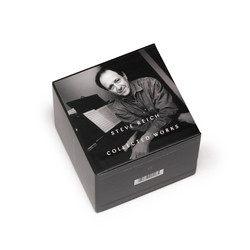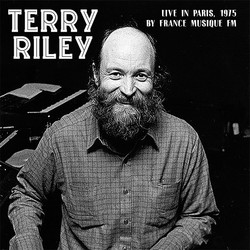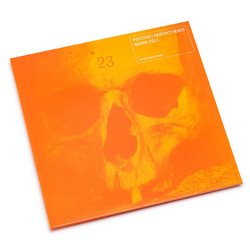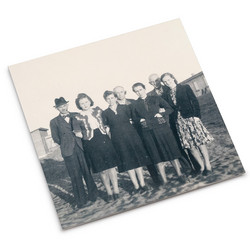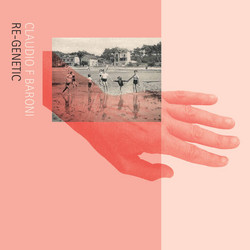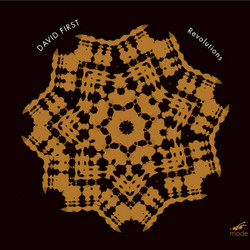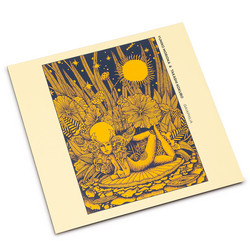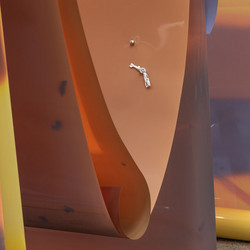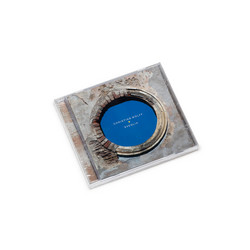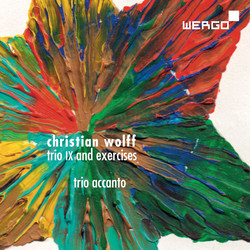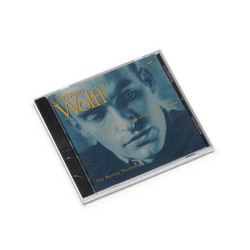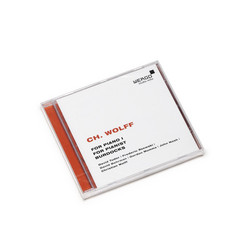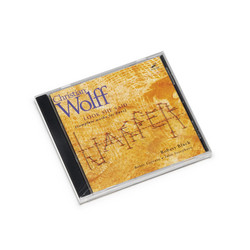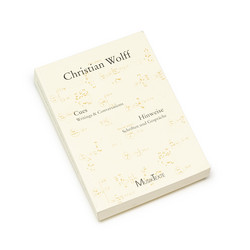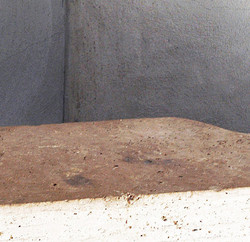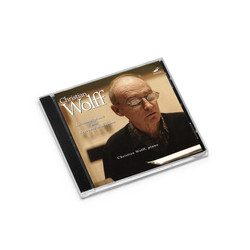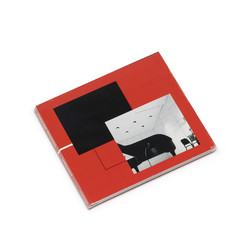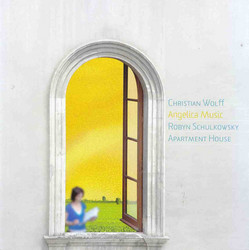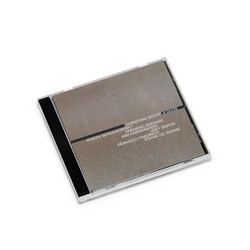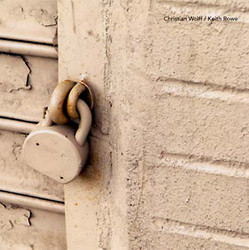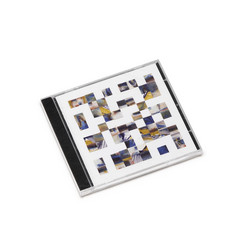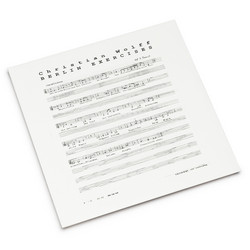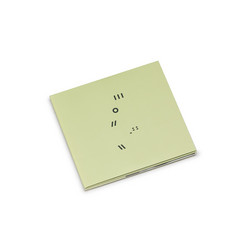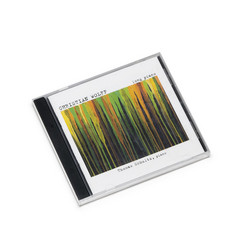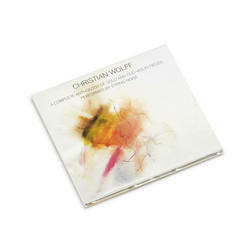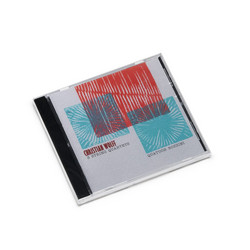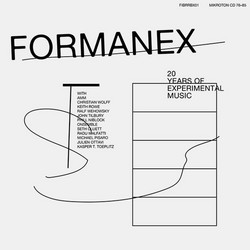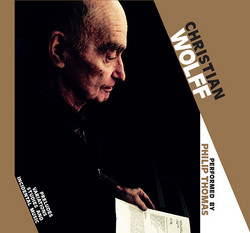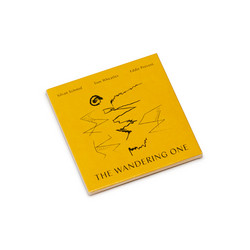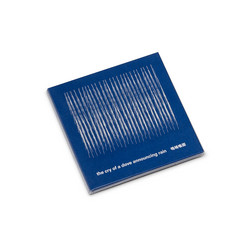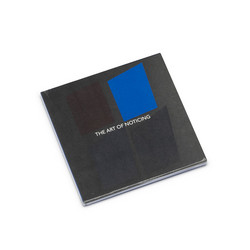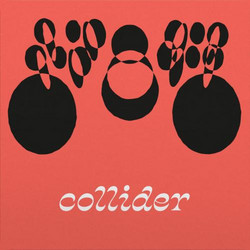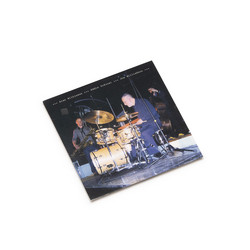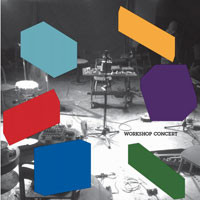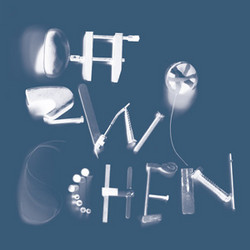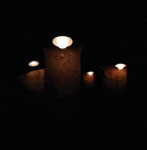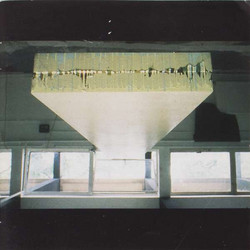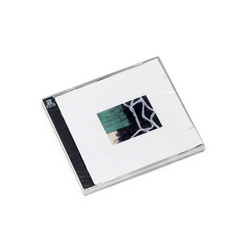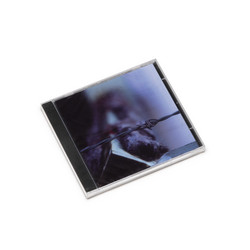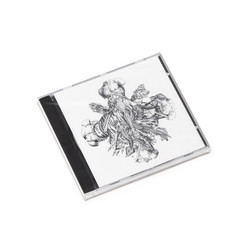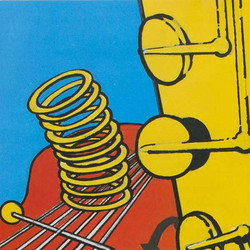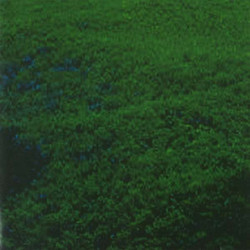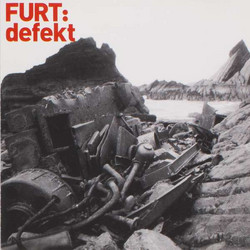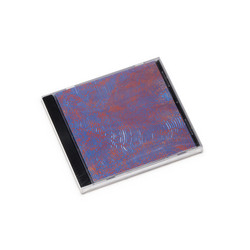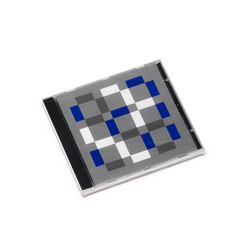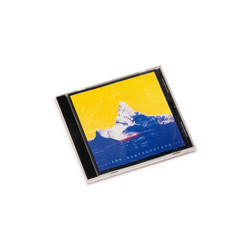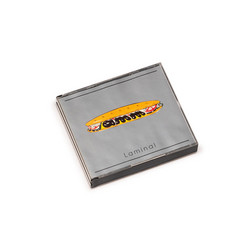Early Christian Wolf piano music (written 1951-61), performed by: John Tilbury & Christian Wolff (pianos), Eddie Prevost (percussion). Studio recordings from 2001/2. "During the period when these works were composed (1951-61), Christian Wolff was closely associated with John Cage. Morton Feldmon, Earle Brown and David Tudor (they are sometimes referred to together as the New York School'). Feldman later remarked that he was profoundly indebted to Christian Wolff ('I think of him as my artistic conscience')... First impressions may be of a music unlike any other: abrupt, delicate, astringent, enigmatic, disconcerting. The effect is as of isolated objects in space, sounds which seem to come from nowhere and lead nowhere, appearing and disappearing unpredictably, framed by silences. Attention is drawn to the immediacy of each sound. The ear is finely tuned to precise details, a microscopic world in close-up. Expectations derived from other kinds of music are not much help here; one is encouraged to listen afresh, with special alertness, as in unfamiliar territory, searching for clues. Technically, the music arises directly from the mechanical action of the piano and emphasises its percussive character. The sounds are not joined up in familiar ways, the pedal is not used to give continuity, there is no legato phrasing, no illusion of the 'singing line'; instead there is a sharpness of attack, a stark exposure and isolation of individual sounds. The use of preparations enhances this impression: a method developed by Cage in the 1940s of transforming the sounds of the piano by the insertion of small objects (screws,, coins, wedges, wood, rubber and other materials) between the strings. The sounds are altered in a variety of ways, in terms of pitch, timbre and resonance; new timbral qualities are discovered, reaching out into the diverse sound world of percussion instruments.
Details
Cat. number: MRCD51
Year: 1970
Notes:
Recorded at Gateway Studios, Kingston, 2001/2002.

